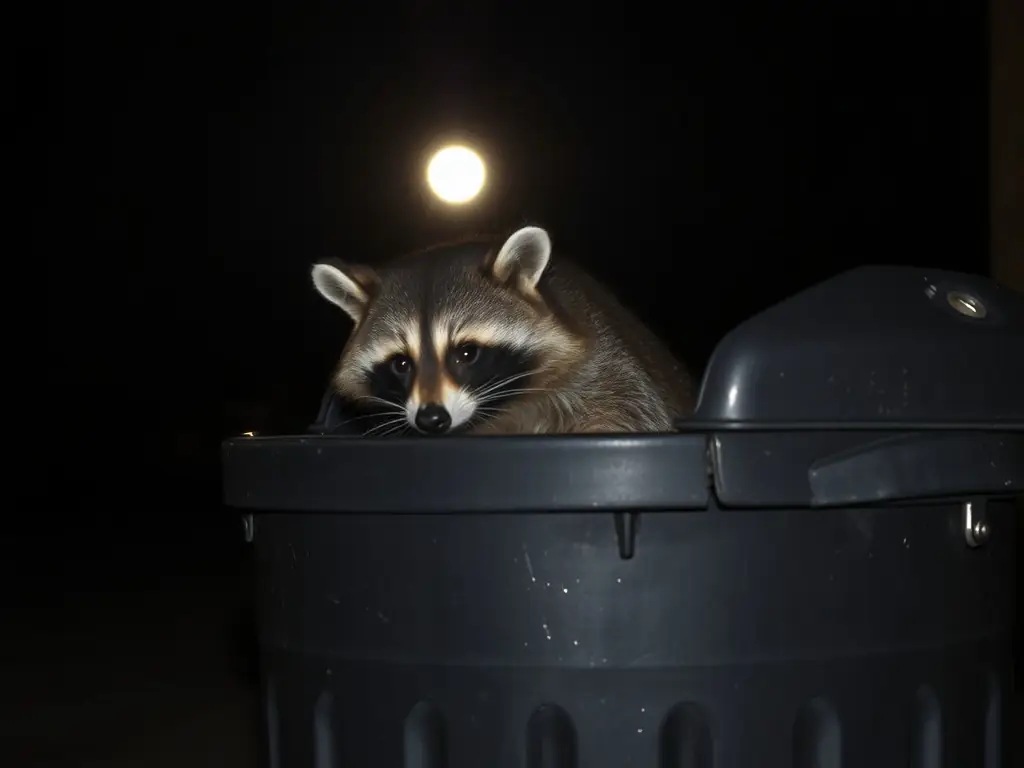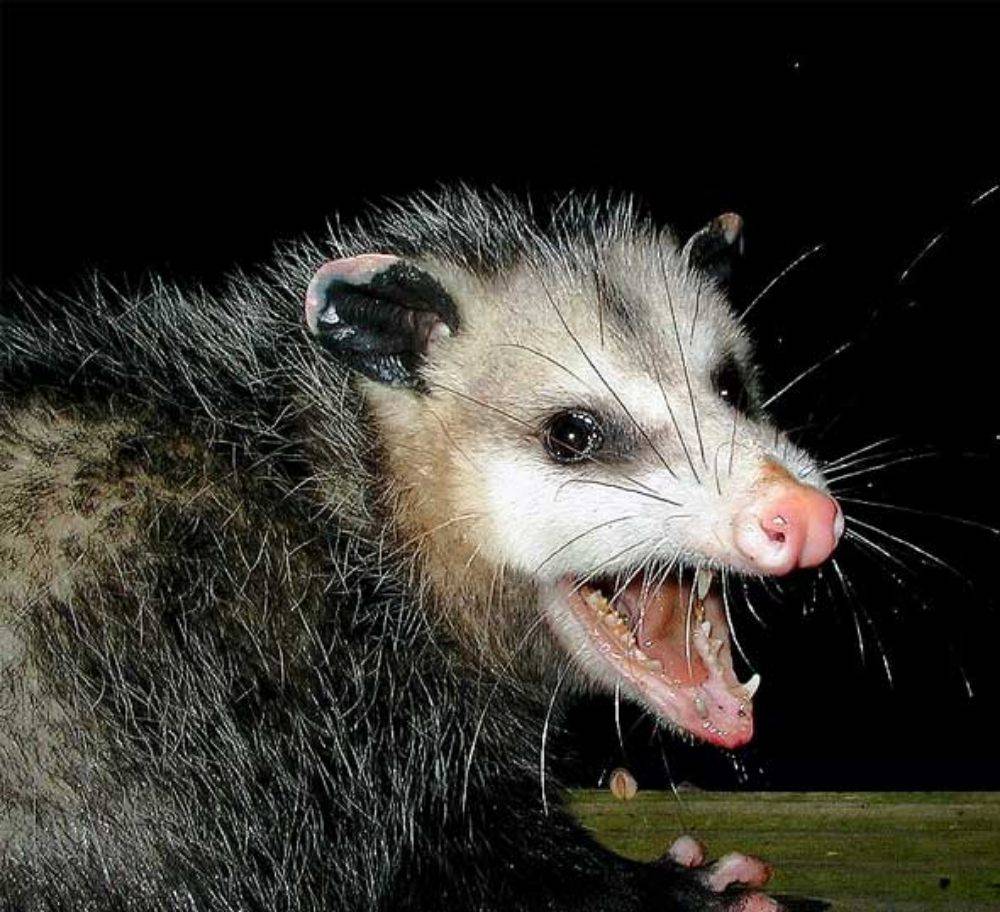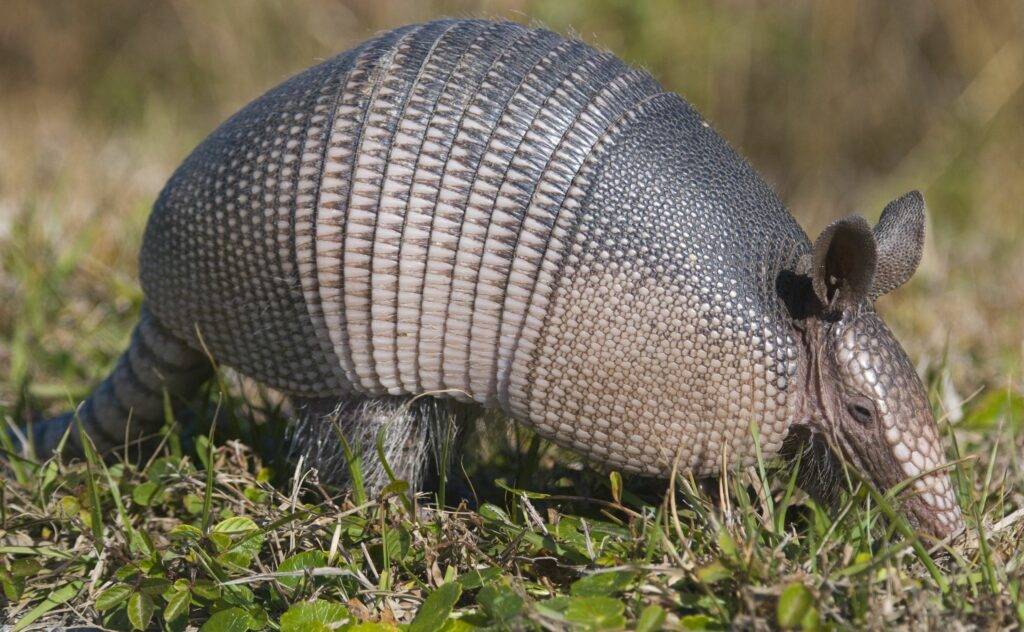Understanding the various types of nuisance wildlife that may invade your property is crucial for effective and proactive wildlife control. In many regions across the country, raccoons, squirrels, armadillos, and opossums are among the most common culprits that homeowners encounter. These animals are often attracted to easy food sources such as pet food left outside, bird feeders, or unsecured garbage cans, as well as comfortable shelter areas like attics, crawl spaces, and cluttered backyards, making residential homes and yards prime targets for their activities. Recognizing their specific behaviors, such as foraging patterns, nesting habits, and activity times, can significantly help homeowners implement preventive measures before an infestation occurs, thereby avoiding potential damage and health risks However, their presence can lead to conflicts, especially if they are attracted to pets, pet food, or unsecured garbage, posing a risk to both pets and property. It’s essential to thoroughly understand their habits, including scavenging behaviors and territory ranges, and implement effective strategies to deter them from your property, such as securing trash bins, fencing yards, and keeping pets indoors during dusk and dawn when these animals are most active. Lastly, bats and snakes can pose unique challenges for homeowners, especially in areas where wildlife is common. While bats are beneficial for controlling insect populations, such as mosquitoes, they can become a nuisance if they choose to roost in attics or other areas of the home, leading to potential mess and health concerns. Snakes, especially if they are venomous, can be alarming and cause fear, particularly among families with children or pets. Knowing how to identify these animals and understanding their behaviors—like their preferred habitats and diets—can empower homeowners to take the necessary steps to protect their homes and families from unwanted wildlife encounters, ensuring both safety and peace of mind.
Links to dealing with unwanted wildlife in an Urban Environment:
WEC20/UW070: Dealing with Unwanted Wildlife in an Urban Environment
Raccoon: Living with Raccoons
Bats: Living With Bats | FWC
Opossums: Do Possums Carry Diseases? (What Diseases Do They Get?) – Exploration Squared
Snakes: 10 Snakes In Florida – A-Z Animals
Squirrels: Land Mammals – Squirrel | FWC
Amadio’s: Land Mammals – Armadillo | FWC







